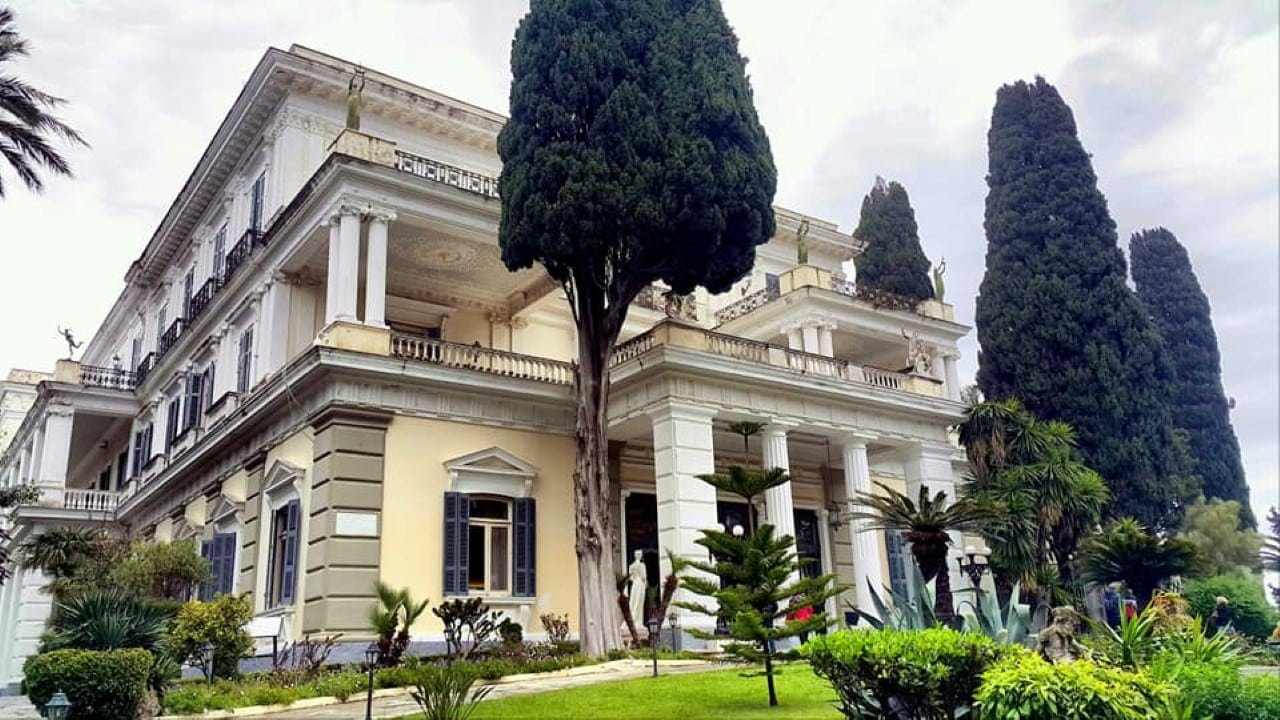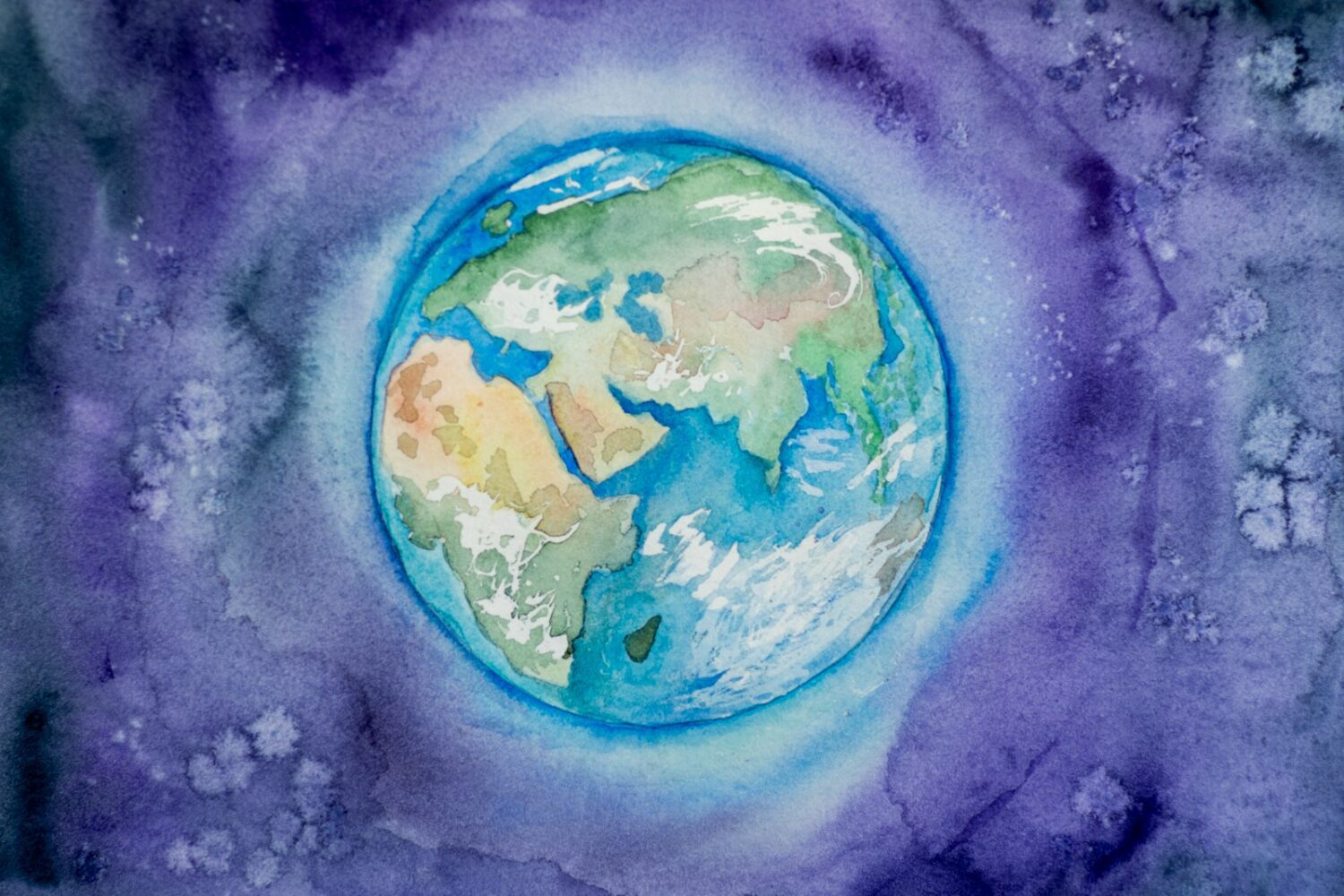It is a real architectural masterpiece, but it is also a monument to a sad story about a mother’s grief over her lost child
On the eternally green and unearthly beautiful island of Corfu, there is a palace that hides both an interesting and a sad history.
It is a true architectural masterpiece both outside and inside, but it is also a monument to a sad story about a mother’s grief over her lost child. “Achillion” is the palace of an empress with a good soul, but with a sad fate – Elizabeth or better known among the people as Sisi.
Who is Empress Sisi?
In December 1837, Elisavet-Amalia-Evgenia was born in Munich, who history will remember as Sissi. She is the daughter of Archduke Maximilian Joseph of Bavaria and Archduchess Ludovica. The girl’s childhood years were spent near Munich, and she learned about Greece from her father, who was a great Grecophile.
At the tender age of 16, Elisabeth met the Emperor of Austria – Franz Joseph I Habsburg, who was then 23 years old. The spark of love quickly ignited between them, and before long the emperor proposed marriage to the young Sisi.
On April 24, the wedding of the innocent Sisi and the young emperor Franz Joseph was celebrated in Vienna. The girl in love does not realize at all what kind of family she is “entering” and what misfortunes and sorrows await her in the future, mainly caused by her mother-in-law Sofia.
The death of Princess Sophia
Sisi gave birth to three children of the emperor – Gisela, Sophia and Rodolphe (heir to the throne), and later another girl – Maria-Valeria. But this is not enough for the evil and demanding mother-in-law. Little Sofia falls ill and Sisi decides to go with her to Hungary to try to improve her daughter’s condition. Unfortunately for her, the little princess died at the age of two. Almost everyone blames Sisi for her death, including herself. After this unfortunate event, the mother-in-law takes full care of Gisela and Rodolphe.
How an infidelity leads Sissy to the island of Corfu
The sufferings of the beautiful Sissy do not stop here. Soon after Sophia’s death, she finds out that Franz Joseph is cheating on her, which further brings darkness to her already tortured soul. To restore her strength and spirit, she decides to travel. One of the places she visits is the island of Corfu, which she instantly falls in love with and spends a lot of time there.
The tragic end of a princess
Empress Sisi’s death was as tragic as her life. She is murdered by an anarchist in Geneva, bending down to smell the flowers he gives her, unaware that he suddenly pulls out a small file and plunges it near her heart. A little later she died in the hotel where she was staying.
A turning point in the life of the empress and how Achillion Palace was built
Sissy was known for her beauty and impeccable appearance, which she took great care of. However, inside, happiness had long since left her. To top off all her suffering, her beloved son Rodolphe, the heir to the throne, is found dead with his beloved Maria Vecera. The mother’s grief is so great and inconsolable that Sisi leaves Vienna and goes to her beloved island of Corfu. There she buys the villa in which she often stays, destroys it and builds a beautiful palace in its place, which is called “Achillion” or “Achilio”. The palace was named after her favorite character from Homer’s Iliad saga.
History of the palace
The palace was built in the period 1889-1891 in the village of Gasturi, on a hill with a wonderful view of the sea and the island. The building was built in the Pompeian style. Sissy visited the place twice a year. After her death it became the property of one of her daughters and was closed for nine years. Maria-Valeria (Sisi’s youngest daughter) then sold it to the German Kaiser Wilhelm II. He himself made quite a few additions, extending the gardens and moving some of the statutes.
During the First World War, the palace was used as a military hospital by the French and Serbian troops. After the end of the war and the defeat of Germany, the Achillion Palace entered the borders of the Greek state. During the Second World War, the palace was used as a military headquarters.
In 1962, the palace was given a concession to a private company, which converted the upper floors into a casino, which turned out to be the first in Greece, and turned the ground floor into a museum.
In 1983, the management of Achillion was taken over by the Hellenic National Tourism Organization. In 1994, it was used for the needs of the European Union. After that, the palace is used for tourist purposes, for visits and organizing various events.
A tour of the beauties of “Achillion”
At the entrance to the palace there is an imposing iron gate, on which are written the name and the years in which the palace was built. To the left of the entrance itself are two buildings. One nowadays sells entry tickets, but was formerly used as a porter’s office and then by the gendarmerie. The second was built by the Kaiser and was then used by casino guests.
The palace is full of interesting sculptures both in the garden and on its facade. On the balcony of the first floor there are two exquisite marble centaurs, and on the balcony of the second floor can be seen four nymphs – givers of light. The door of the main entrance itself is decorated by the Italian house Caponetti and rests on Doric columns. Various scenes and images from Greek mythology can be seen throughout the palace. There are even two rather imposing statues of Achilles himself in the courtyard. On one, he is depicted standing upright, and on the other, he has already fallen to the ground after being struck down by Paris’s arrow.
Gardens of Achilleion
There is no denying that the palace is a true architectural jewel both inside and out, but its gardens are not to be underestimated either. There is a veritable extravaganza of flowers and rare plants in them, which were planted as early as the time of Sisi, and then of the Kaiser.
On the colonnade in the palace garden, there are quite a few statues that give the palace an even more imposing appearance. Among them you can see Apollo, Aphrodite, all the muses and others.
A statue of Empress Sisi can also be seen in the palace gardens. There is one of hers at the very entrance of the building.
Even the Sisi statues look sad.
The Achilleion Palace is a real masterpiece, built with a lot of craftsmanship, attention to every detail, but also a lot of pain. Despite its beauty, it hides a sadness, an incurable pain. The palace seems to have been built to be a temple to this very pain, the most terrible of all – the loss of a child. However, the end result is more than impressive.












